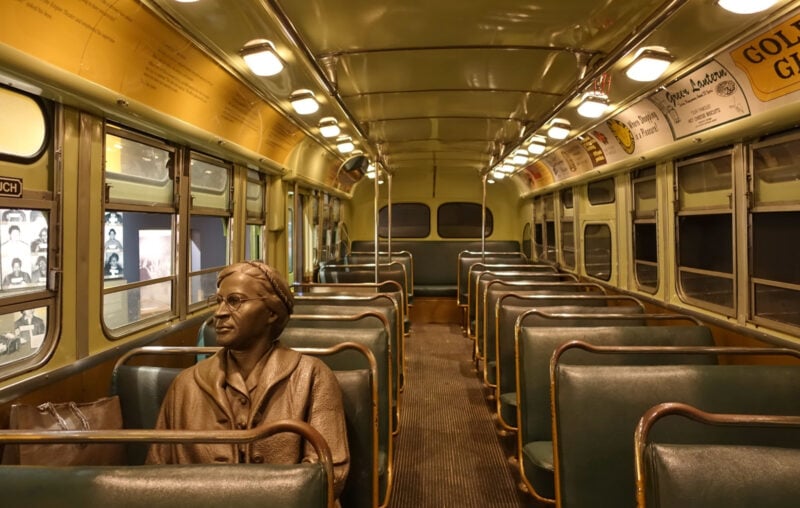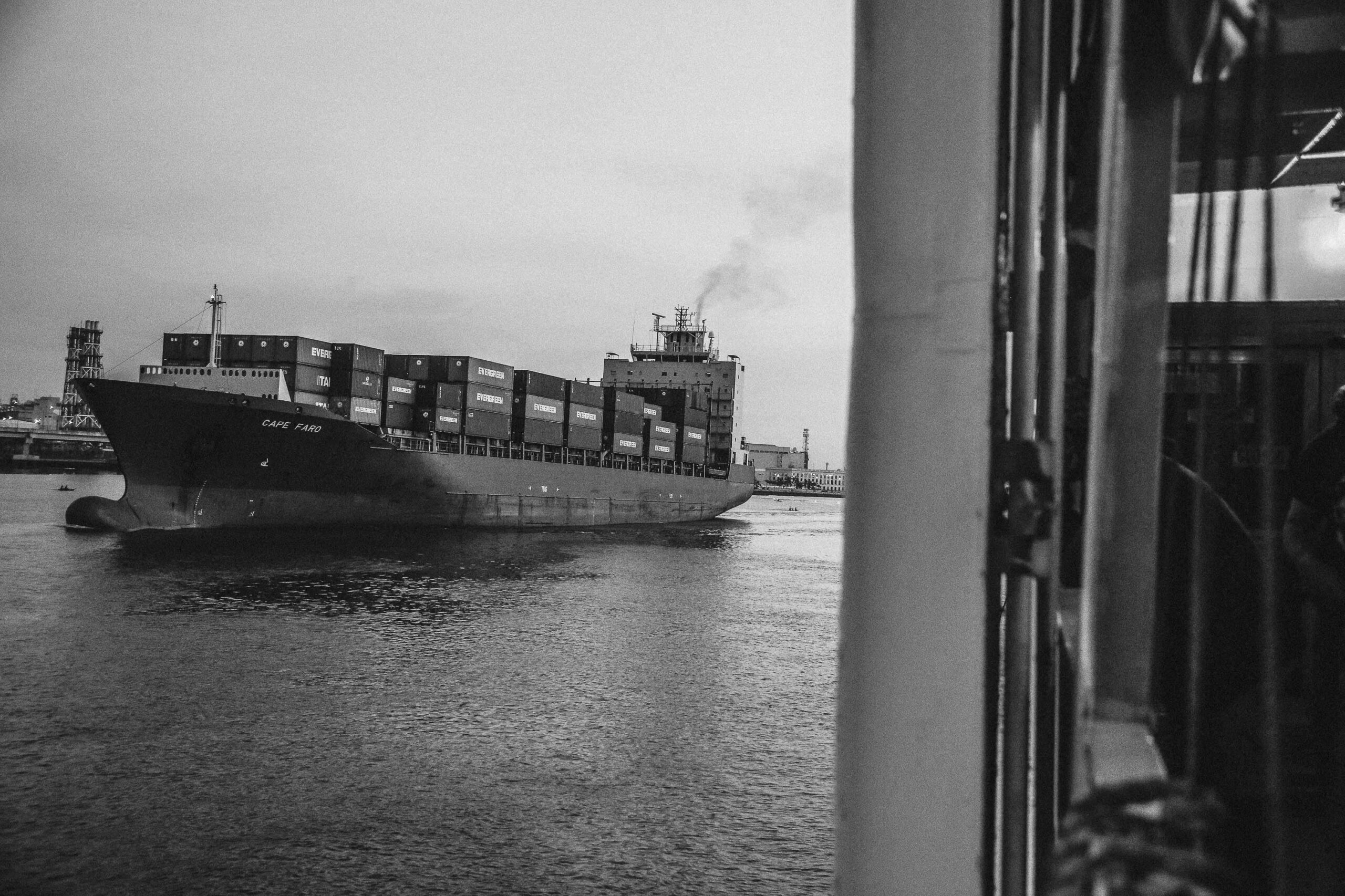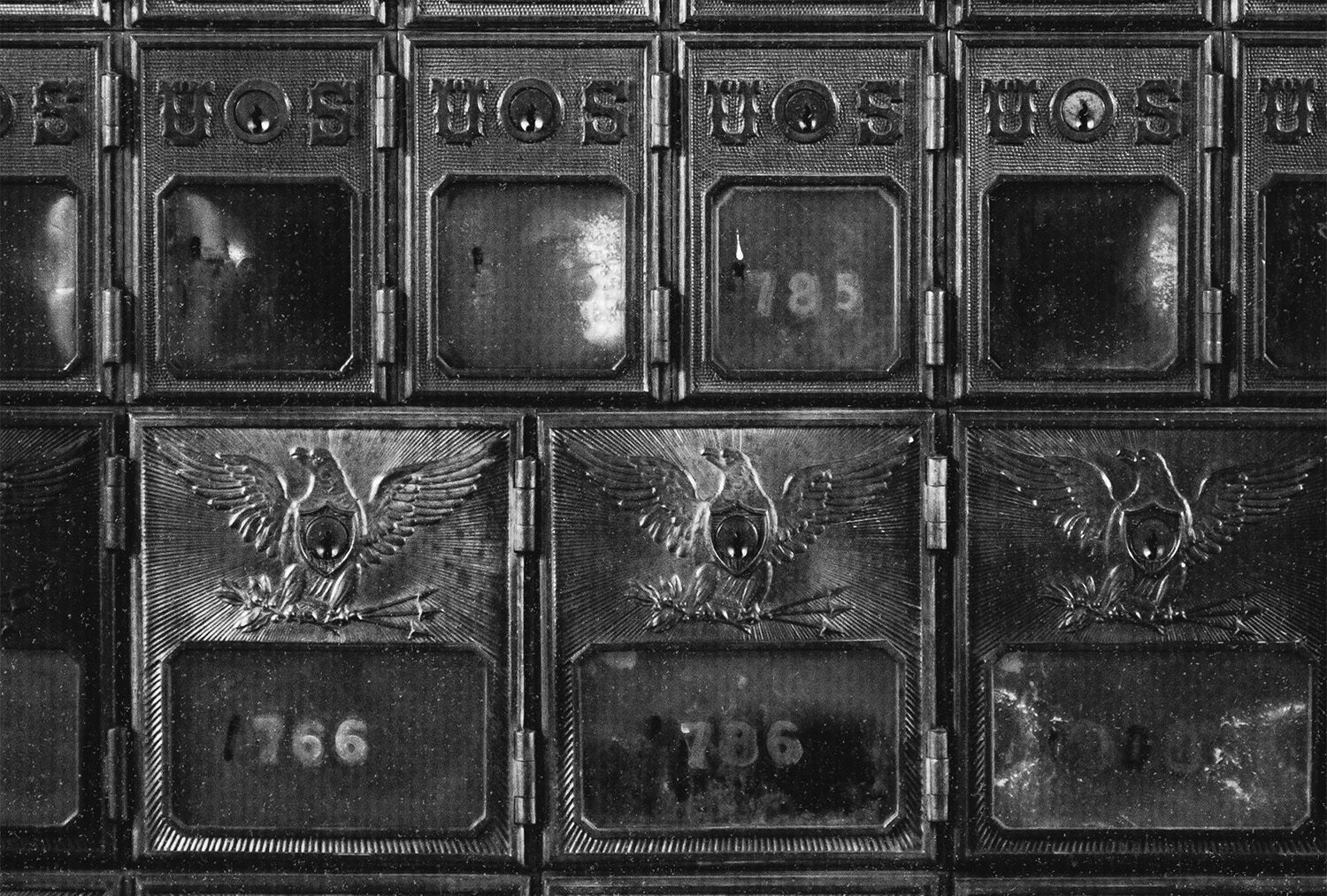
Why are some consumer boycotts more successful than others? These days, it seems a new consumer boycott appears every day. From Amazon to Bud Lite to Starbucks, boycotts of various strengths make the news. Let’s set aside whether any given boycott is justified, or how we might define success, because the insights in this essay apply regardless. We’re going to look at what might or might not help a boycott work, and consider examples.
No one factor determines success, but they boil down to one key question: How expensive in time, money, or quality is it to switch to the nearest substitute for the target of the boycott? The more expensive it is to boycott, the less likely the boycott will succeed. What affects the costs of participating in a boycott? The answers to this question are simple: time, money, and quality.
Competition reduces all three of these costs. In a capitalist society, few companies have significantly better products than the competition. For example, you may wish to boycott Starbucks or Black Rifle Coffee. If so, then it’s easy to find a substitute brand. In contrast, Amazon has a somewhat stronger position. Amazon has been boycotted for a variety of reasons, but none got anywhere. A big part of the reason is that Amazon is very good at what it does. True, eBay has a major online presence, and big-box stores like Walmart and Costco offer much of what Amazon does. But most of Amazon’s customer base has already invested time to make new transactions easy. They have the app on their phones, they’ve bookmarked Amazon’s site on their computers, and they’ve already provided their payment information during previous transactions. According to Techjury, Amazon has 172 million Prime members, and 80 percent of them use it as their default online shopping site. It’s just too easy to stick with Amazon rather than switch to some other online vendor. That makes a successful boycott more difficult. But few companies have such strong links to their customer base.
In contrast to competitive markets, monopolies by definition have no competitors. Examples are public utilities. Boycotting your local water or power company would be a loser’s game because the only alternative would be to go off-grid. That would entail expensive setup costs and would require significant lifestyle changes. Near-monopolies also have few competitors. Former quarterback Colin Kaepernick’s behavior during National Football League games sparked a protest, but the major sports leagues, especially the NFL, essentially have monopoly status. Upstart leagues almost never succeed. True, viewers can turn to high school and college football, but not on Sundays. No, those are not good substitutes. Watching football is also a social event. You personally may want to skip the game, but if your poker group and golfing buddies want to watch it, then you’re stuck. This raises the cost of finding a substitute. League attendance may have temporarily dipped, but 2022 brought record attendance.
The costs of boycotting also explain why action against a single product, such as Bud Lite, is more likely to succeed than boycotts against a store, such as Target. If you’re mad at Anheuser-Busch because it put Dylan Mulvaney’s picture on a can of Bud Lite, you can easily pick up a case of Coors instead of Bud Light during a trip to Target. But if you are mad at Target because of its stance on Pride Month, driving across town to Walmart instead of down the street to Target is a big deal compared to picking up the Coors, which is right next to the Budweiser in the same store. Because driving across town is comparatively costly, you might still go to Target to get your groceries, small appliances, and whatever else Target sells while bypassing the stuff you find offensive. The key is the differential cost you face. Boycotting a store is more expensive in terms of time than boycotting a single product.
A sufficiently widespread boycott by strongly motivated consumers can sometimes overcome the costs of boycotting a product or service. Perhaps the most famous example is the Montgomery, Alabama bus system boycott from 1955-1956, sparked by Rosa Parks’ refusal to surrender her seat to a white rider. Public transit is typically a monopoly, and substitutes are difficult to find for most bus riders, who tend to have lower incomes. Yet, the boycott was successful. Why?
First, the faces of the boycott were charismatic and influential. Indeed, Claudette Colvin had been arrested in the same town for the same offense as Rosa Parks almost a year earlier. Colvin was a 15-year-old expectant mother, though, and black leaders knew that she was not the right person to serve as the figurehead for a boycott. Parks, however, was the secretary of the local NAACP and well-known in the community. Black leaders formed the Montgomery Improvement Association, choosing Dr. Martin Luther King, Jr., a local pastor possessing unsurpassed skills as a public speaker to lead the group. Leaders such as Parks and Dr. King rallied public support, fostering unity that made it easier to shoulder the costs of using alternative transportation. Second, blacks comprised about three quarters of the transit system’s riders — a very large proportion — and nearly all supported the boycott. Community leaders organized carpools as an alternative to the transit system. Crucially, black taxi drivers lowered their fares to that of the buses, reducing the costs of supporting the boycott. The boycott lasted until the U.S. Supreme Court ruled that segregated seating violates the 14th Amendment — 381 days after the boycott began.
Effective alternatives to the public transit system such as carpools and the support of taxi drivers lowered the costs of participating in the boycott. Charismatic leaders and widespread public support for a clearly just cause made it easier for consumers to bear those costs. The combination forced policy changes and overcame even a government monopoly’s resistance to a boycott. Recent boycotts pale by comparison. Their chances of success are correspondingly lower.




